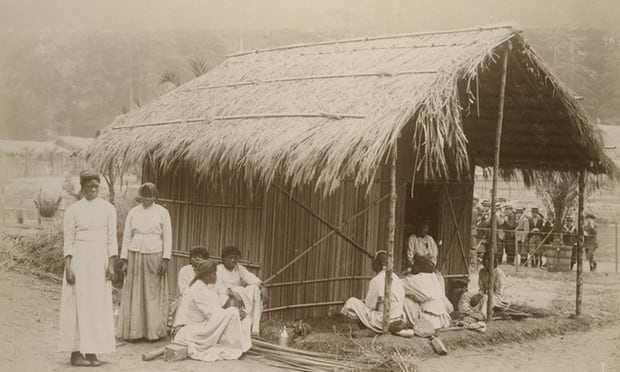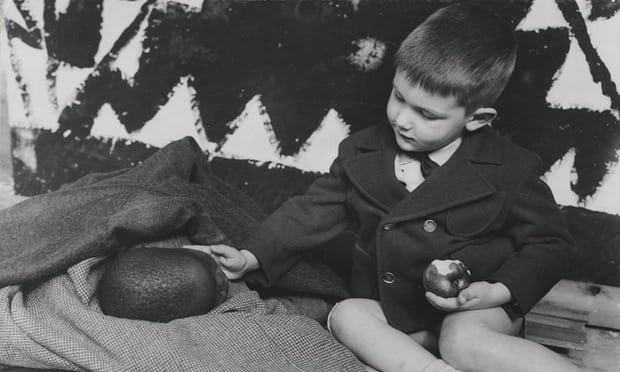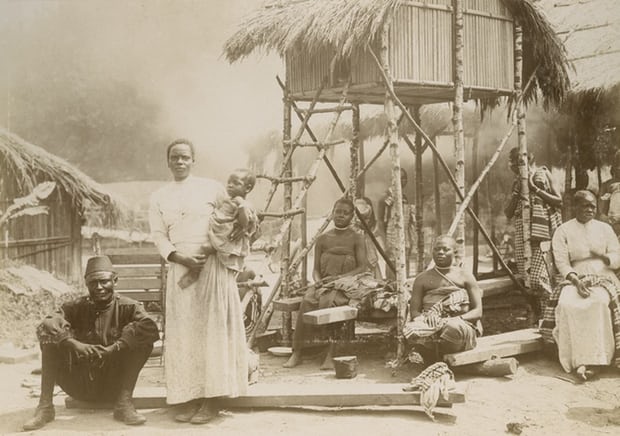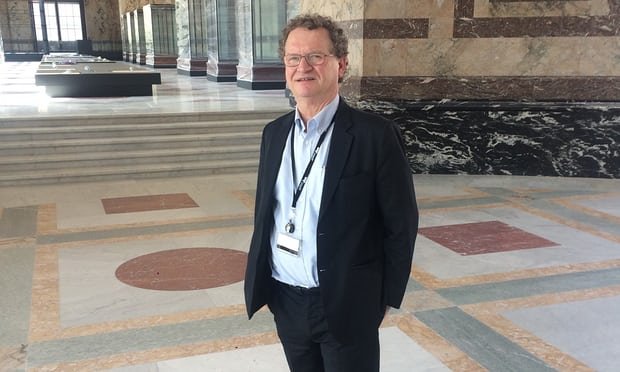Sixty years back, Belgium set up a live show of individuals from Congo for the 1958 world reasonable. Presently the nation is reconsidering that legacy

.Sixty years prior on Tuesday, Belgium arranged the opening of the 1958 world reasonable, a sparkling 200-day festivity of after war social, social and innovative advances.
It is said to hold a "vital place in the aggregate memory of the Belgian country". A progression of occasions are being held in the Atomium, the cutting edge historic point worked for the exhibition, in acknowledgment.
However as the Belgian capital enjoys wistfulness, one show arranged at the time isn't being returned to: a live show of dark men, ladies and kids in "local conditions" laid on for the training and entertainment of white Europeans.
It was the world's last "human zoo".

Starting at 1958, Belgium still administered Congo, a bit of an area about 80 times its own particular size, and a wellspring of incredible pride to the nation. The mineral-rich focal African state was tremendously financially remunerating as well as garlanded Belgium, a little European country in the shadows of Britain and France, with remaining on the planet.
Expo '58 was seen by Belgian government officials as an opportunity to shine this accomplishment, fixing what was viewed as an exceptional bond with Belgian Congo.
At the foot of the Atomium, a reply to Paris' Eiffel Tower, and the middle bit of the show, eight hectares of land peppered by seven structures were committed to the subjects of mining in Congo, its specialties, transport and farming, among others. It was known as the Kongorama.
In its three hectares of tropical patio nurseries, Congolese men, ladies and kids were put on indicate for a long time, in "conventional" dress behind a bamboo border fence.
Human zoos were not the slightest bit a curiosity toward the west and had been held frequently before in the century in London, Paris, Oslo and Hamburg. In New York in 1906, a youthful Congolese man with honed teeth was given a home in the monkey house in the Bronx zoo.
In the late spring of 1897, King Leopold II had imported 267 Congolese to Brussels to be on appear around his frontier royal residence in Tervuren, east of Brussels, paddling in their kayaks on the illustrious lakes; 1.3 million Belgians, out of a populace of 4 million, went to, strolling over a rope extension to get the best view.

That late spring was sharply chilly and seven of the Congolese kicked the bucket of pneumonia and flu, their bodies dumped in an unmarked mass grave in the neighborhood burial ground. In any case, such was the ubiquity of the zoo and different displays that a changeless show was to be later settled at the site. At first called the Museum of the Congo, it is presently the Royal Museum for Central Africa.
The 1958 show was littler in scale, however comparable in content. A "regular" town was set up, where the Congolese spent their days completing their artworks by straw cabins while they were ridiculed by the white men and ladies who remained at the edge.
"In the event that there was no response, they tossed cash or bananas over the conclusion of bamboo," one columnist composed at the season of the onlookers.
Another report recounted individuals tattling about "seeing the negros at the zoological patio nurseries".
The Congolese in plain view were among 598 individuals – including 273 men, 128 ladies and 197 kids, an aggregate of 183 families – conveyed over from Africa to staff the more extensive reasonable.
The pioneer office was "exceptionally apprehensive about what this stay of such an extraordinary number of Congolese in Belgium may do", as indicated by Dr Sarah Van Beurden, a student of history of focal Africa.
Be that as it may, housed in a devoted building confined from the Expo from which they could be transported in and out, the Congolese whined of cramped settlement, the strict restrictions on guests or outings from the building, and, obviously, day by day mishandle at the reasonable.
By July, the Congolese craftsmen and craftsmans, and their families, could take no more and some backpedaled home. The human zoo, as the Congolese remembered it to be, shut down, and whatever is left of the reasonable went ahead.
Such a zoo was not to be organized anyplace once more, and in January 1959, Congo won its freedom. In any case, for Guido Gryseels, the executive general at the Royal Museum for Central Africa (RMCA), the perpetual presentation that developed from 1897, fighting the biases that were at the center of the zoo and still, he says, persevere, is the focal point of his working life.

On 1 December, following a €75m redesign, the RMCA will revive five years after it last opened its ways to the general population. There is another guests focus and an immense underground space that has multiplied the historical center's presentation zone to 11,000 sq meters. Yet, past the physical change, a considerably more noteworthy change is going to be embraced.
At the point when Gryseels assumed control over the gallery in 2001, the perpetual show had scarcely changed since the 1920s, he said. Alongside Leopold II's twofold L themes looking down on guests in relatively every room, and the imperial citations commending the higher good plane of the colonization, the story that was told was of Belgium bringing light where there was murkiness.
"For a long time we have been a provincial foundation", Gryseels said. "For most Belgians their first experience with Africa is our exhibition hall. The underlying impression of Africa by most Belgians was made here in this gallery, and that will be that the white individual is superior to the dark individual. We were there to edify them. The Africans we depict here are bare with a lance without their very own culture."
A purpose behind the idleness at the historical center, he accepts, is that as a general rule Belgian culture has not had any desire to reconsider its provincial past. "It is extremely enthusiastic here in light of the fact that each Belgian family has a relative who worked in Congo. Every one of them. An evangelist, an instructor, a manager. You ask any Belgian and they all have. So it is an extremely enthusiastic open deliberation."
Gryseels said exchanges in regards to the pioneer past didn't begin in Belgium until the point that the production of the Adam Hochschild's book King Leopold's Ghost in 1998. "A tiny bit at a time there was more exchange", Gryseels said. "In any case, [the] educational modules in Belgian schools up to this point was 'we brought civilisation'."
There are a few voices from the Congolese diaspora requiring the "decolonisation" of his organization, and its conclusion. Be that as it may, Gryseels says his activity in the following nine months is to recount another tale about Belgium in the Congo.
On the opening day, the pastor of outside undertakings is relied upon to give a discourse on Belgium's pioneer past within the sight of the imperial family. "We have a duty regarding developing a disposition that a considerable measure of Belgians have of being better than dark individuals", Gryseels said. "Furthermore, that is evolving. In any case, it will take a while."